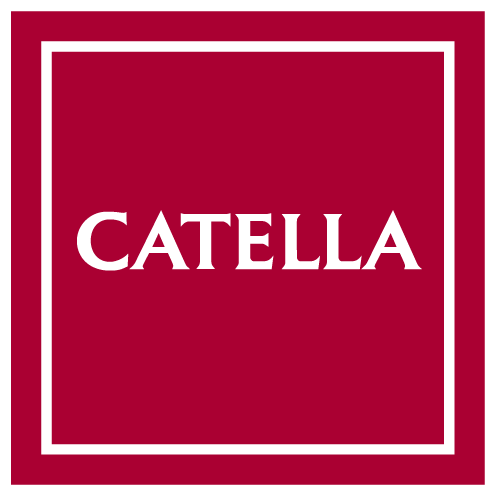Once again, a look back at the outstanding performance of the real estate markets meets an economy that has been running smoothly so far in the first quarter of 2020, but also shows signs of a more cautious approach.
At least if you look at the automotive, mechanical engineering and their supply industries. There, the forecasts for the next two quarters tend to focus on stagnation - is this an improvement for the better? Still open. Reasons include a virus in China and the question of structural breakdowns in the car industry. Diesel, electric or just wait - if you can. The situation is quite different in the classifications "building construction" respectively construction industry or "property and housing", "retail trade" and "provision of other economic services". There is a buzz there, the order books are full, new buildings are being constructed, haircutting, the purchase of a new smartphone and, of course, German tourism spending all contribute to the fact that consumption outstrips the capital goods industry in the overall analysis. But this ostensibly positive balance should not hide the fact that consumption, the propensity to save and the purchase of real estate are highly correlated. Especially our sector, which has been spoiled by success in its 11-year bull market, should be aware that liquidity will continue to drive the markets this year. But liquidity alone does not ultimately justify maximum prices for property buyers. Especially since the purchasing markets have meanwhile decoupled themselves measurably from the rental developments. It may be that the inner cities will continue to absorb the high demand for living, working and consumption - which is why it is a good idea to invest in a district development or a mixed-use building in new construction here. However, a sense of proportion and a dose of realism in sustainable rental approaches seems to be called for, because a new office or residential space in Frankfurt or Berlin depends not only on the distance to the nearest urban railway station, but also on the industrial base of the middle class beyond the city centres.
Hence the very good figures for the end of 2019:
- TOP 7 Office take-up volume(total): 3,932,250 sqm (+2.5% compared to the previous year)
- TOP 7 Vacancy rate (average): 3.42% (-0.46 percentage points)
- TOP 7 Prime rent (average): €33.14/sqm (+6.8%)
- Commercial transaction volume in billion €:
- TOP 7: €43.42 billion (+18.7%)
- GERMANY: €70.73 billion (+16.8%)
- TOP 7 prime office yield (net, average): 2.88% (-0.18 percentage points)
Once again, office properties remained the most popular asset class among investors (52% share), followed by retail properties (17% share). Investments in logistics facilities remained stable (10%), but the volume of mixed-use and hotel transactions rose to a share of 8% and 7% respectively.
For 2020, we continue to expect a high level of investment momentum, driven by a lack of investment alternatives and a zero-interest policy until at least autumn 2020. Value enhancement opportunities, diversification potential and a balanced risk/return ratio will remain the key words in the German investment market in 2020.
